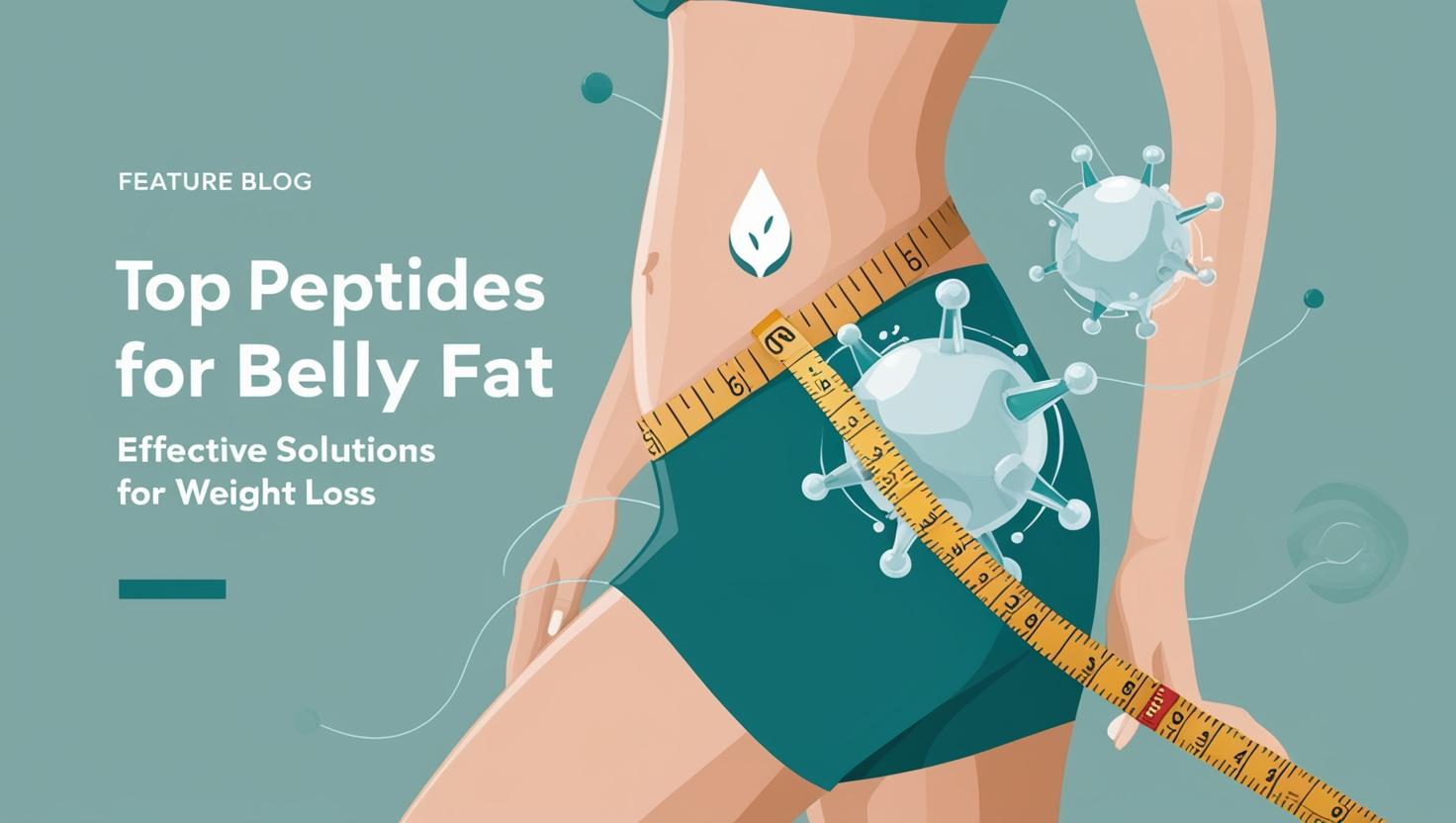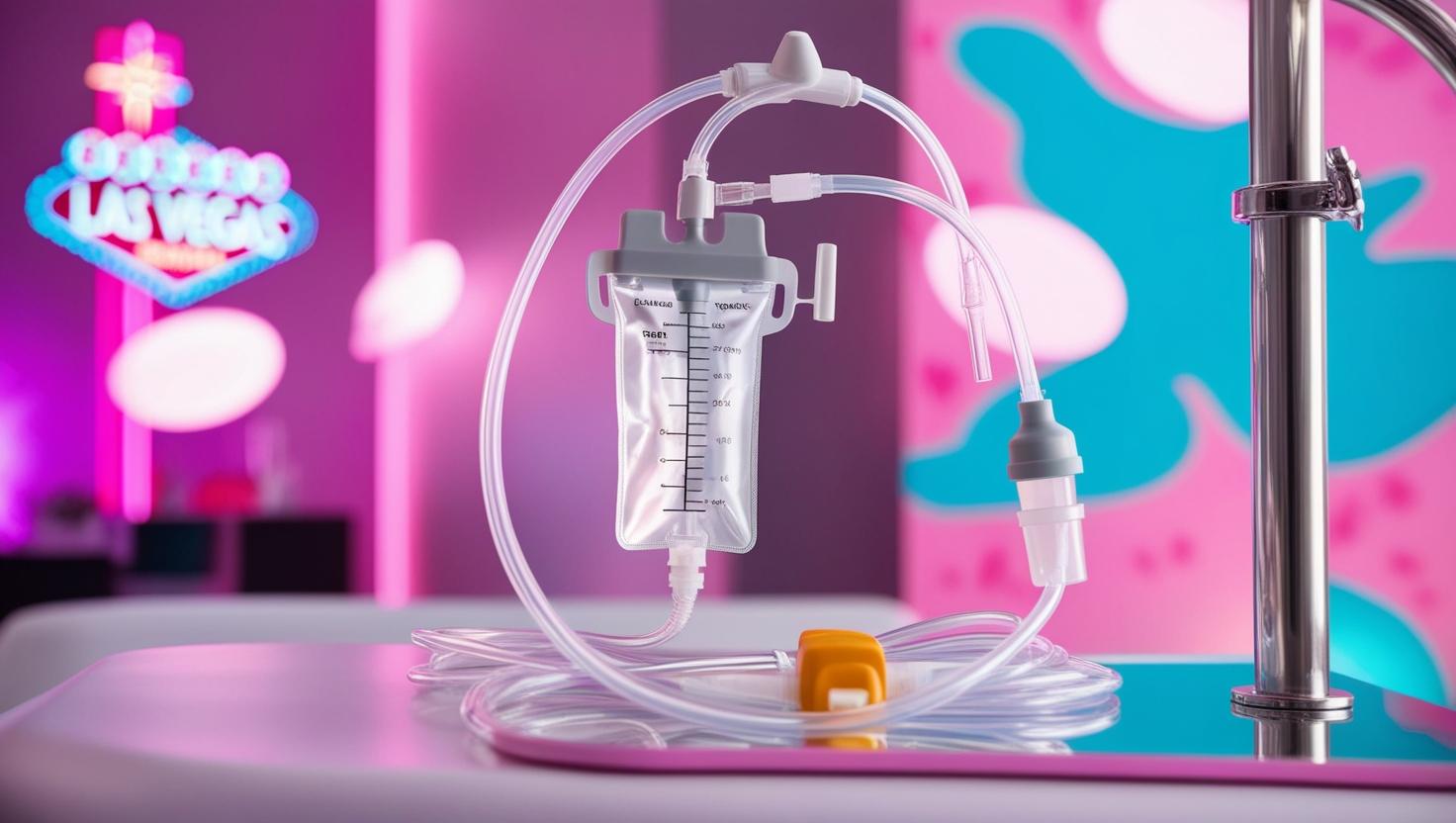Key Takeaways
Testosterone plays a crucial role in regulating mood, energy, libido, and overall wellness—for both men and women.
Symptoms like fatigue, irritability, and low sex drive can be key signs of low testosterone and warrant medical testing.
Managing testosterone levels may involve lifestyle changes or treatments like Testosterone Replacement Therapy (TRT), all of which can be guided by experts at Body Balance Medical.
Feeling like life’s got you running on fumes lately? Low energy? Irritability? A funky mood you just can’t shake? Maybe your testosterone levels are staging a quiet rebellion. Yes, testosterone. It’s not just a “gym bros and protein shakes” thing—this hormone does a lot, for both men and women.
If you’ve been dragging yourself through the day or wondering why your get-up-and-go got up and left, it might be time to have a heart-to-heart… with your hormones. This guide is here to break down exactly why testosterone matters, what happens when it’s low, and when you should consider getting tested (spoiler alert—it might be now).
Understanding Testosterone

Ah, testosterone—the unsung hero of energy, mood, and, yes, even libido. Think of it as the coffee of your endocrine system, giving you that much-needed boost to take on the day. But when it’s out of balance? That’s when everything can start feeling, well, a little off-kilter.
Testosterone is about more than just physical strength or sex appeal; it fuels our ability to focus, maintain emotional stability, and feel resilient in the face of everyday stress. When levels dip, it can affect nearly every system in the body—subtly at first, but with increasing intensity over time. Before we get into the nitty-gritty, let’s take a closer look at why this hormone is such a big deal. Buckle up, science is about to get interesting!
What is Testosterone and Its Role in Health?
Testosterone isn’t just the mascot for masculinity posters—it’s a key player in your body’s game plan. Sure, it’s the primary male sex hormone produced in the testicles, giving men their chiseled jaws, deep voices, and rooftops to shout from. But testosterone does far more than boost beard growth.
It helps regulate:
Energy levels (read: no more mid-afternoon slumps!)
Sex drive (yes, that’s its claim to fame)
Mood (goodbye, unnecessary snapping)
And here’s something you might not know—women have testosterone too! Yep, it’s just in smaller amounts. For women, testosterone contributes to sex drive, energy, and bone health. It also plays a role in muscle maintenance and even cognitive function. Long story short, this hormone is essential for anyone who enjoys feeling alive, focused, and, well… human.
Symptoms of Low Testosterone

Low testosterone doesn’t hit like a freight train—it sneaks up on you. You might brush off symptoms as signs of aging or stress, but persistent changes in how you feel could be hormonal.
Over time, declining testosterone levels can silently affect your relationships, productivity, and even how you perceive yourself. Paying attention to your body’s warning signs is critical for reclaiming your vitality. Let’s break down the symptoms by gender so you can better assess your own experience.
Common Symptoms of Low Testosterone in Males:
Energy levels plummet. Fatigue becomes your new shadow.
Sex drive does the “disappearing magic trick.” Also, erectile dysfunction may join the party.
Mood takes a nosedive—think depression, irritability, and even random outbursts.
That muscle mass you worked hard for? Say goodbye.
Your bones get thin, bruising your ego (and possibly your skeleton) with decreased density.
Many men also report difficulty concentrating and decreased motivation, which can take a toll on both personal and professional life. It’s not just physical—it’s mental and emotional too.
Symptoms of Low Testosterone in Females:

Libido? MIA.
Crippling fatigue becomes your companion.
Mood swings, depression, or anxiety set up camp in your head. It ain’t cute.
Muscle mass weakens, leaving you feeling less strong and more slug-like.
Decreased bone density and changes in menstrual cycles might also crop up.
Women may also notice a decline in mental sharpness, confidence, and overall zest for life. If you feel like you’re operating at half-capacity, low T could be the hidden culprit.
👉 Want to know if your symptoms line up? Contact Body Balance Medical for a personalized hormone assessment.
Causes and Risk Factors of Low Testosterone
Low testosterone can feel like an unexpected plot twist nobody asked for. But fear not! Understanding the culprits behind this hormonal nosedive is half the battle.
Whether it’s lifestyle, aging, or a medical condition, the causes of low testosterone are often treatable once identified. With that said, let’s dive into what could be dragging your T-levels down.
What Causes Testosterone Deficiency?
There’s no one-size-fits-all culprit, but here are the usual suspects:
Aging (bad news, Peter Pan—testosterone naturally declines after 30)
Pituitary gland problems or hypogonadism (a fancy term for “your testicles are slacking”)
Testicular damage from MCL-level trauma or disease
Chronic conditions, like diabetes or the slow grind of obesity
Medications (looking at you, chemotherapy) and radiation treatment can also ding those T-levels
Even poor sleep hygiene, excessive alcohol consumption, and unmanaged stress can quietly chip away at your testosterone levels over time.
Who’s at Risk of Male Hypogonadism?
Some men have this risk plastered to their foreheads:
If you’re over 40 (hint hint)
Have a family history of low testosterone
Already dealing with chronic illnesses like diabetes or obesity
Been through medical treatments involving chemo or radiation
Suffered testicular injuries because apparently life wasn’t already hard enough
Additional risk factors include sleep apnea, a sedentary lifestyle, and even certain nutritional deficiencies. Knowing your risk can help you take action before symptoms escalate.
Diagnosis and Testing

Alright, so you think your testosterone might be throwing in the towel? Don’t worry, the doc has a whole toolkit for figuring this out.
You don’t have to play the guessing game. With just a simple blood test and a conversation about your symptoms, your provider can begin painting a clear picture of what’s going on inside.
Blood Tests for Testosterone Levels
The only way to officially know where your testosterone stands is to get it checked. Here are the big hitters:
Total Testosterone Test checks all your testosterone—free-floating and tied up
Free Testosterone Test zooms in on the portion of testosterone that’s up for grabs by your body
Bioavailable Testosterone Test takes free testosterone and the loosely bound kind into account for a holistic view
Testing usually happens in the morning when testosterone levels are at their peak, giving your provider the most accurate snapshot.
Understanding Testosterone Levels
Here’s the scorecard:
Normal levels in males hover between 300 and 1,000 ng/dL
Normal levels in females chill between 15 and 70 ng/dL
Low T in men is typically under 300 ng/dL, which is your cue to do something about it
Keep in mind that “normal” ranges vary depending on age and overall health. What matters most is how you feel—and whether your levels support the quality of life you want.
Treatment and Management

Once you’ve identified low testosterone as the root of your symptoms, it’s time to take action. Luckily, you’ve got options.
Treatment can look different depending on the severity and cause of your hormonal imbalance. Whether you want to start with lifestyle tweaks or explore medical therapies, your journey back to balance is entirely yours.
Testosterone Replacement Therapy (TRT)
Think of TRT as your hormone’s wingman. Here’s what you need to know:
What is it? A treatment to bring testosterone back to normal
How does it help? Higher energy, better mood, revived libido (wink), and improved muscle tone
Options? Oral pills, gels, pellets, and injections are on the table
Any downsides? Yep. Acne, hair loss, and a little increased risk of heart issues in some cases. A health specialist should absolutely be in your corner for this
Working with a knowledgeable provider like those at Body Balance Medical ensures you’re on the safest and most effective path toward hormone optimization.
Lifestyle Changes
Not ready for TRT just yet? No worries. Small changes can make a big impact:
Keep that scale happy—maintain a healthy weight
Get your body moving. Exercise does wonders for energy and testosterone
Sleep like your life depends on it (because it kind of does)
Chill out—stress partners with low testosterone to ruin days. Don’t give it that power
A nutrient-dense diet rich in healthy fats, zinc, and vitamin D can also support hormone production naturally. Your daily choices add up.
When to Get Tested

If you’re nodding along because you’ve been ticking off symptoms left and right, it’s probably time to stop guessing and start testing. Here’s the moment of truth:
Do you feel constantly fatigued despite proper rest?
Is your sex drive in hiding?
Have you noticed unexplained mood shifts or depression?
Have you watched your muscle definition vanish?
If you’re checking any of these boxes, schedule a testosterone test. The earlier you start figuring things out, the sooner you can get your life back—and maybe your six-pack too.
⚡ Feeling off? Book your hormone screening at Body Balance Medical today and take control of your health.
The Next Step to Better Energy and Mood
You don’t have to settle for a life of “meh.” Whether you’re experiencing symptoms or are just curious, getting tested for low testosterone and exploring your options can be the game-changer you need.
At Body Balance Medical, we’re here to help you figure it all out. Our hormone specialists will work with you to assess your testosterone levels and find a treatment plan that’s right for you—whether that’s TRT, lifestyle support, or both.
📞 Call us today or schedule your consultation online, and take charge of your energy, mood, and well-being.
💪 Your best self isn’t just a dream—it’s a lab test away.







